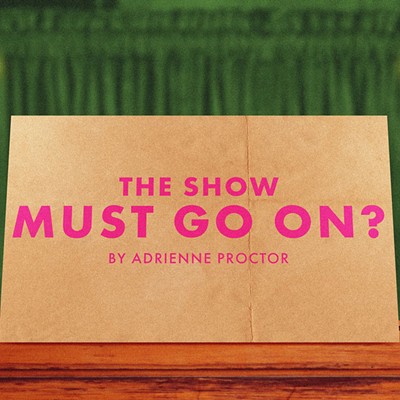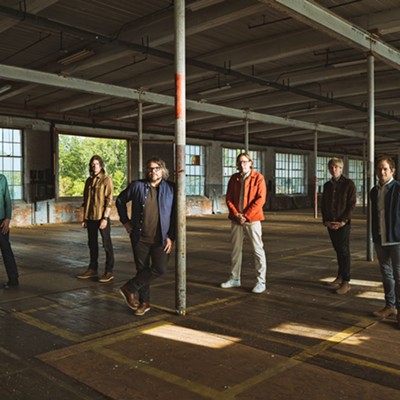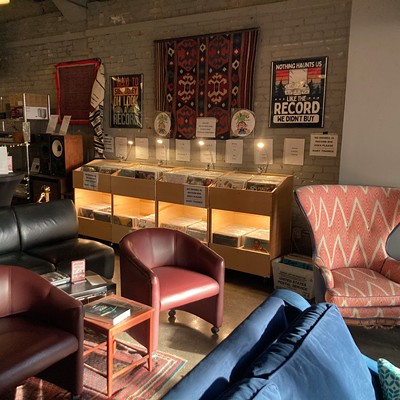Jacob Fred Jazz Odyssey has never been an act to shy away from ambition. Producing more than 20 albums in 17 years should clue one into that. Then there’s massive productions like reinterpreting Beethoven’s symphonies with a 50-piece orchestra or transforming hits by Lady Gaga and Beyoncé into jazz pop epics on New Year’s Eve.
But the Tulsa band’s latest project is its most ambitious yet.
Lap steel guitarist Chris Combs was digging into the Tulsa Race Riot of 1921 when the idea for translating that important piece of history into a musical project was planted. “The Race Riot Suite” came to form as simple musical vignettes that he approached founding pianist Brian Haas with while touring in Europe. With positive feedback, Combs set out to compose the entire work for not only JFJO, but also a five-piece horn section.
“I knew almost immediately that this was going to be the best record Jacob Fred had ever put out,” Haas said. “Even those rough sketches, it was obvious he was on to some real stuff. I believed from the beginning.”
The riot was devastating not just on a local, but a national level. More than 800 people were injured, with 10,000 left homeless due to fires destroying dozens of buildings. Nearly 40 people died.
It’s hardly the cheeriest of subjects, but the group felt the concept more than worthy of exploring. Not only did it have them digging into the music of tried-and-true inspirations like John Coltrane and Duke Ellington to create an era-specific soundscape, but also rooting themselves further into the fabric of their city and state’s deep history.
“We didn’t want it to come across as anything but honest,” Combs said. “This is a real thing that really happened, and it carries extra weight when you are there in the studio recording songs that are, by design, tied to an historic event. It was emotionally demanding, I guess you could say.”
The album comes out Tuesday through the band’s own Kinnara Records, but copies will be available at their show Friday at The Deli.
“People have come up with every possible reason to latch onto this record. It’s a very personal, even spiritual, thing for many. It might make them cry, or it might make them happy for some sort of redemption there. It’s made people angry,” Haas said. “It’s so different from person to person. That’s what makes a good piece of art.”
As daunting as this effort was to undertake, the thought of topping it is even more so.
“This changed my idea of what a Jacob Fred Jazz Odyssey record could be and should be,” he said. “I only put out records that are better than the ones before it. What am I supposed to do next?”
Photo by Jeremy Charles












